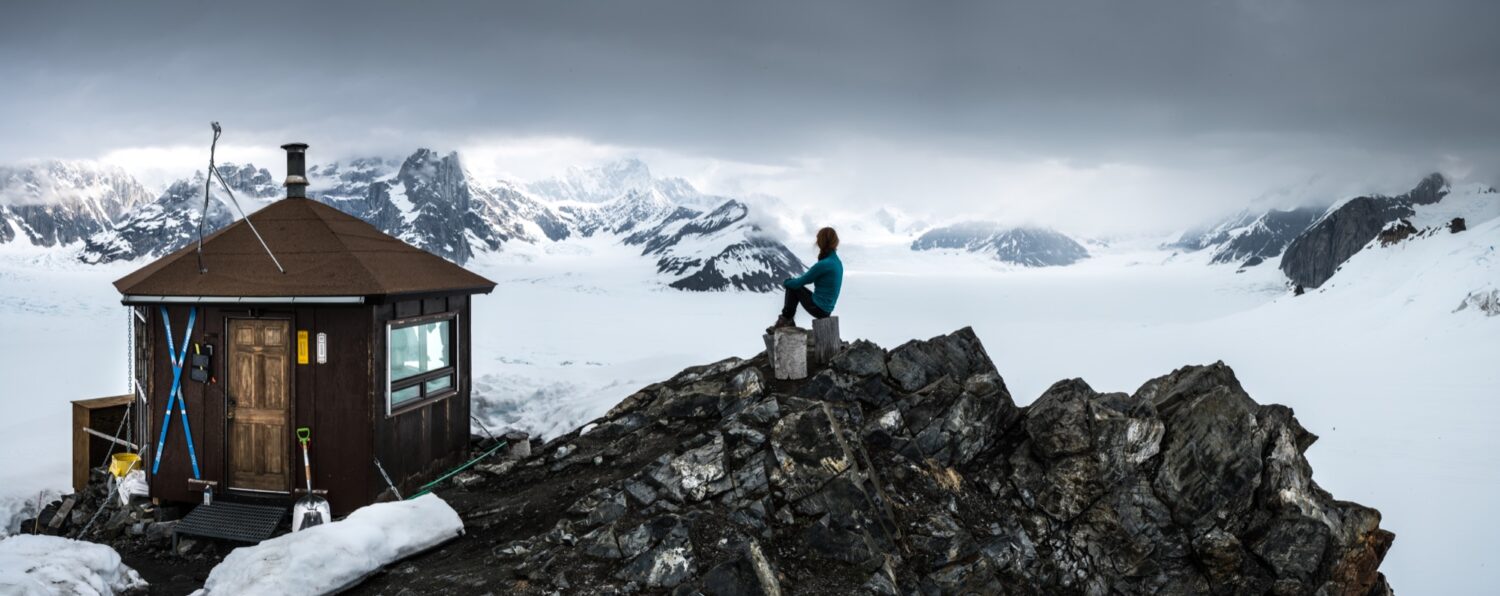Words by Lisa Morris, photography by Lisa Morris and Jason Spafford
You’ve got the basics of composition under your belt, and with a good skill base, you continue your love of photography as a fun and creative outlet. Who doesn’t love visiting places tucked away off the beaten track, brimming with photogenic shots? When we journey near or far, whether for a weekend road trip or three weeks of intense overseas travel, it can become addicting to want to capture those rare, beautiful moments. However, the focus of travel photography isn’t the camera or even where you are; it’s about the storytelling from your pictures. Let’s explore this niche. This article aims to help you express the destinations you visit and the adventures you experience to the best of your photographic ability. With the right mindset and a committed ethos, the artistic value of your images can only go from good to great.
Packing Checklist
Your trip-specific list should prepare for bad weather and cooler temperatures and make provisions for whether you’ll be on an adventurous trip on the move or in one location. Keep the list and revise it for next time. Err on the minimal, so your rucksack isn’t a burden. Keep your setup flexible for relaxed, candid, and responsive photography.
Camera bag: Make it appear nondescript, and due to the precious cargo, use it as your carry-on item.
Camera equipment: Camera body, two lenses for the location (e.g., wide-angle and telephoto), lightweight tripod (e.g., Bonfoto, Joby), ND and UV filters, lighting, microfiber cloths, blower, shutter release remote (e.g., Neewer LCD timer), capture camera clip (e.g., Peak Design), camera strap, memory cards, card reader, batteries and charger, head torch, and camera rain cover.
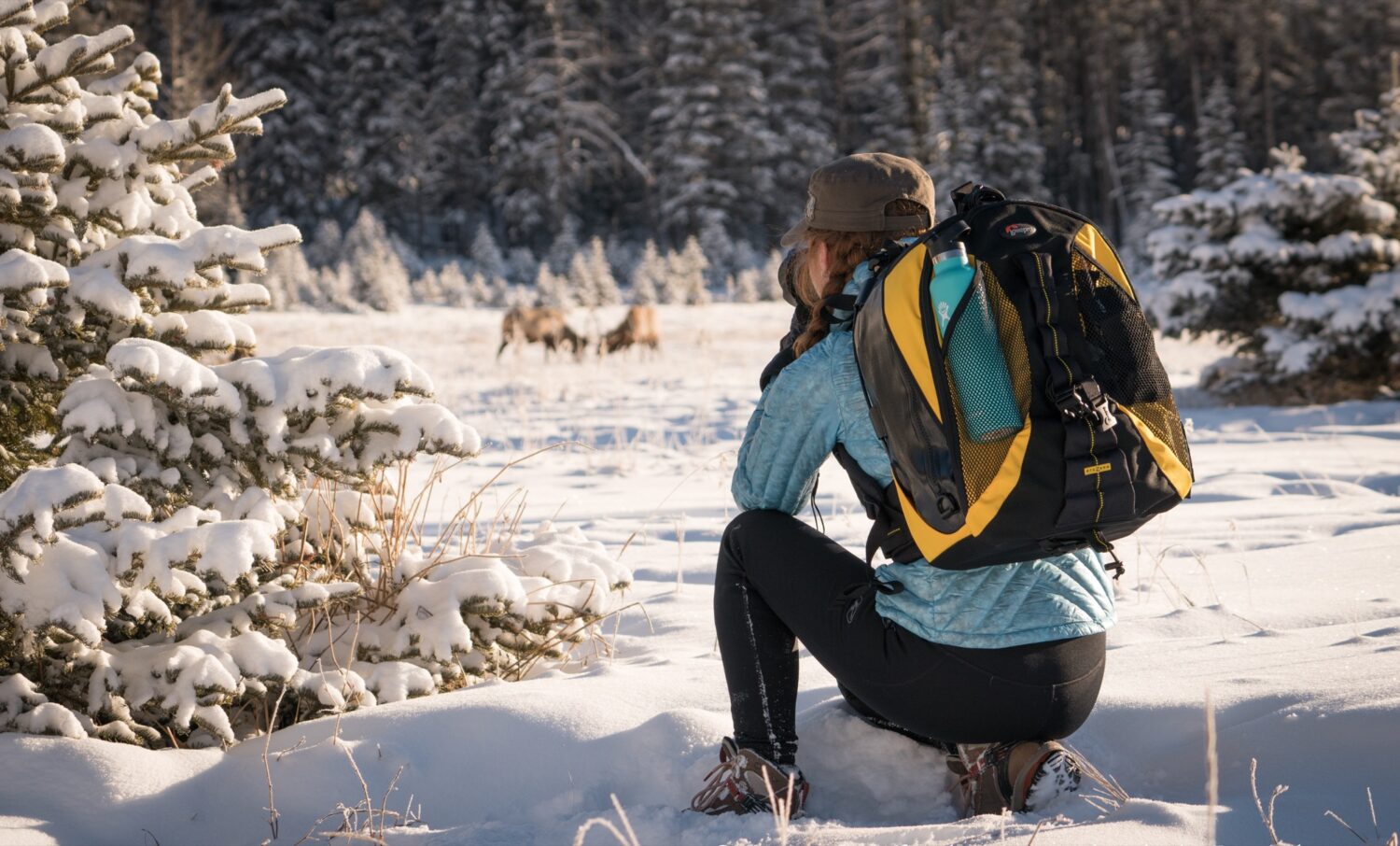
Essentials: Smartphone, along with apps for weather, night skies, sun (timeanddate.com), northern lights, maps, accommodation, fuel stations, and car rental/public transport. Phone credit and data. Laptop, passport-sized hard drives, universal adapter plug, and charger with USB ports (e.g., Belkin, Anker). Dry bags, day/sling/top loader bag, and Ziploc bags. Padded cable organiser and memory cardholder.
Personal: Passport, insurance with good coverage (travel and camera policies), money, medication, first aid kit, toiletries, clothing, waterproofs, hiking boots, water bottle/reservoir, snacks, and any seasonal items such as sunscreen, bug spray, hand warmers, Etip gloves, etc.
Nice to haves: Solar storage bank (e.g., Kogalla), power bank (e.g., xtrom), online storage (e.g., the Cloud), lens pen (a microfiber cloth equivalent), goTenna (call and text without service device), and an all-in-one device (e.g., HyperDrive USB-C Hub Adapter 9-in-1 multi-port hub).
Good-to-Know
Research
Read travel guidebooks on where you’re headed. Google, Instagram, and Pinterest the location, religion, culture, and customs to avoid any conflicts or misunderstandings and familiarise yourself with any photography norms/restrictions. Speak to friends and reach out to photographers who have been where you’re going. Interact with the locals to share and exchange; it will culturally and emotionally enrich your experience, which, coupled with the above, will all help to capture the essence of a place.
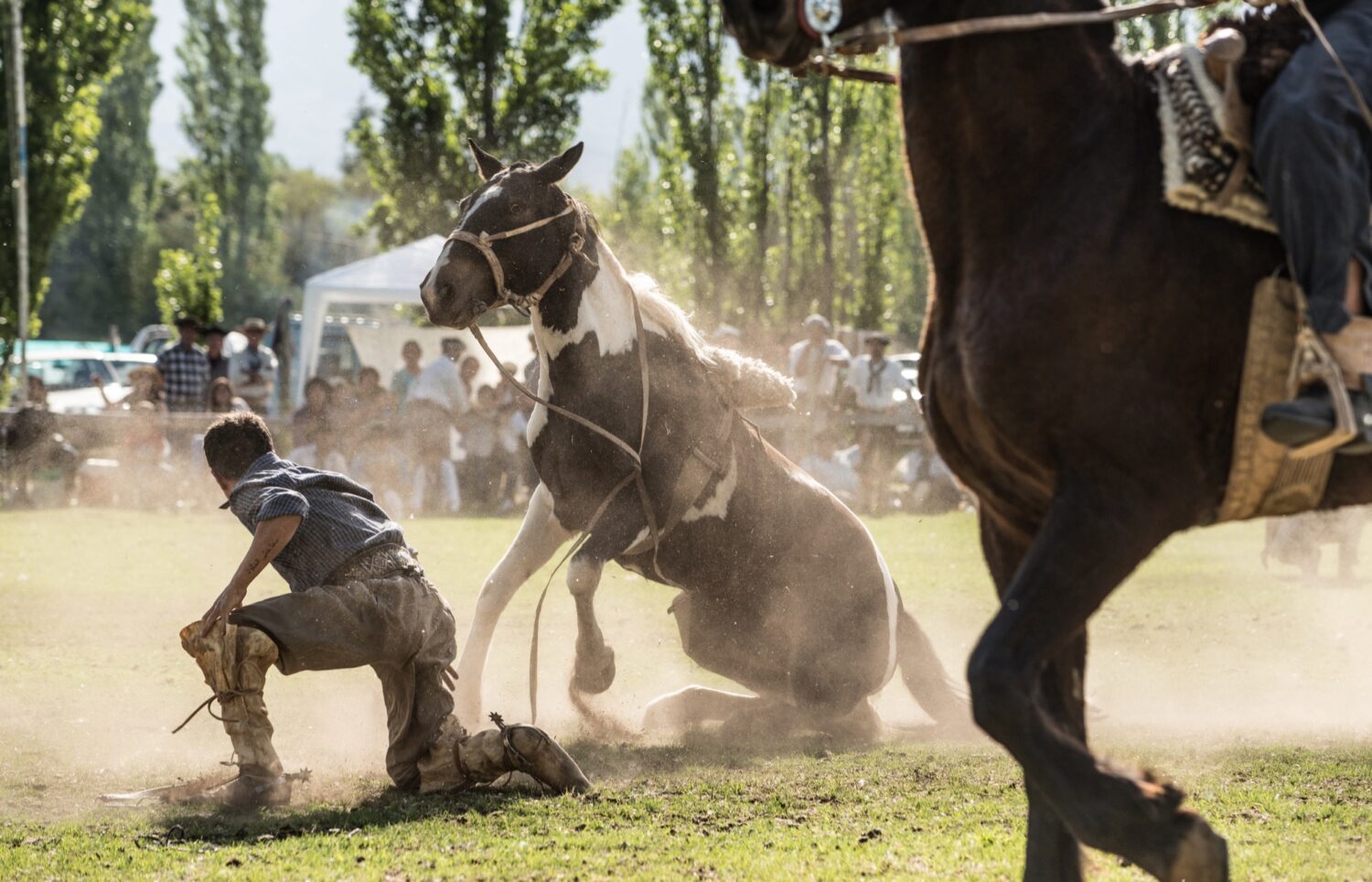
Location Scouting
Seek out the interactions happening around you and in nature; note the changing light through the day. Know what you want to shoot, when and how to get there, and any challenges in reaching given vantage points. Gain an overall sense of the local life, scenes of natural occurrences, and spend some time sinking into a place. It’s meditative and relaxing when you explore, and it charges the creative batteries!
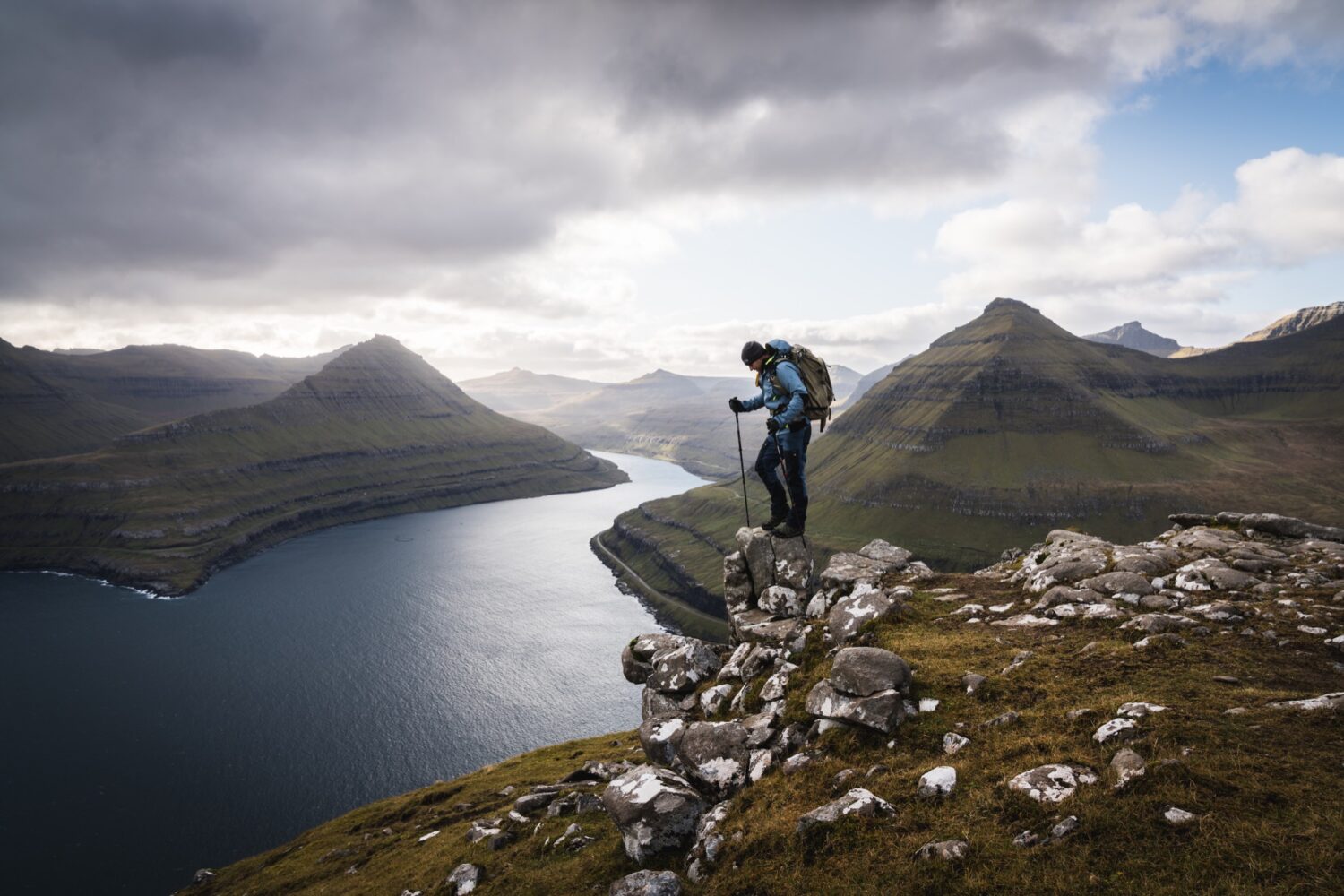
Fully Conversant With Your Kit
Know your equipment inside out and be confident in grabbing the right piece of kit. Using the right settings will save time, so you can employ your technical and artistic prowess to read the scene, analyse the light, and grasp what you want to convey before pressing the shutter release.
Power of Now
Be consciously aware and stay in the now; don’t let your mind drift to yesterday or a future point. Forget about any distractions; being present will help you perceive what’s around you, better capturing it. Pay attention to details. Are the clouds in an eye-pleasing arrangement? If not, wait until they are. Be ready to seize those serendipitous moments that happen now and again.
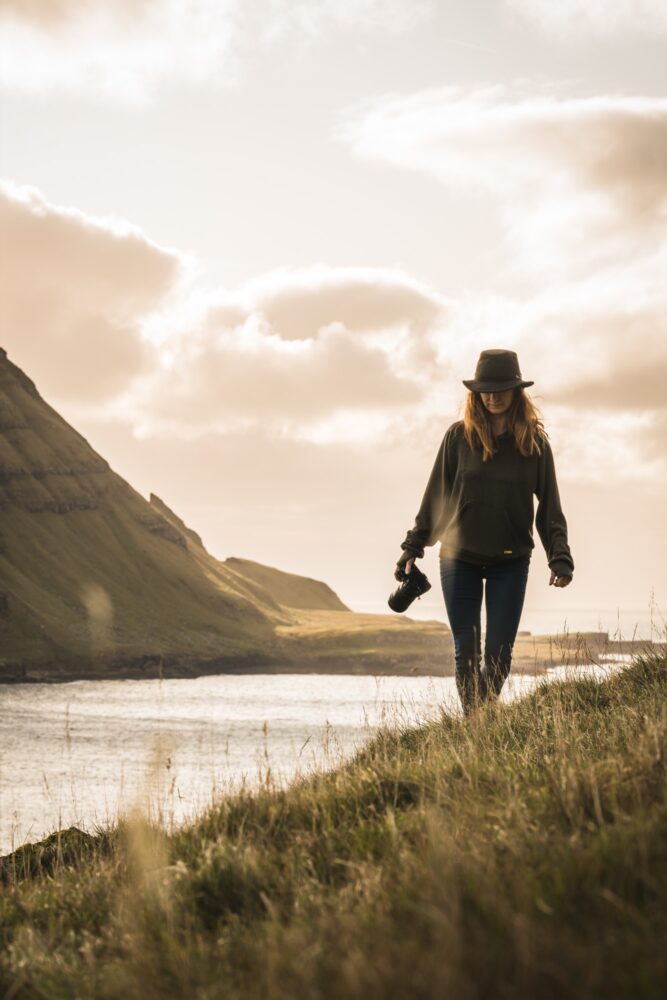
Transcend Language Barriers
Have an honest, open attitude, show a warm personality and a genuine smile, and the response received from people should be favourable. Indeed, building a rapport and seeking permission from someone to take their picture beforehand is always a good idea.
Basics
Learn some stock phrases including some photography-related ones in your destination country’s language.
Journal
Document your travel experiences if it helps to add context and detail to your portfolio later. It may create the foundation to write a photo essay, feature, or article in an online/print publication.
Common Mistakes to Avoid
- Treating the trip like a holiday
- Discern the difference between taking pictures whilst travelling and travelling to take pictures. As a travel photographer, if your sole purpose is to capture something beguiling and unique, try and let nothing get in the way of accomplishing that, including being tired, fed up, or famished.
Early Bird Gets the Worm
Rise in the wee hours to get a place to yourself, prepare for a long day on foot, and stay out late. Be there for the precious windows to shoot in soft, warm light with long, arresting shadows—the golden hour after sunrise and before sunset. The blue hour after sunset or before dawn will also offer aesthetic value to your imagery.

Companions
Unless you’re with another dedicated photographer, it can be challenging to have friends or family in tow with you when combining with a photography trip. Agree on protecting specific time with loved ones for the solid time commitment needed for photography; otherwise, travel alone but don’t put yourself at risk.
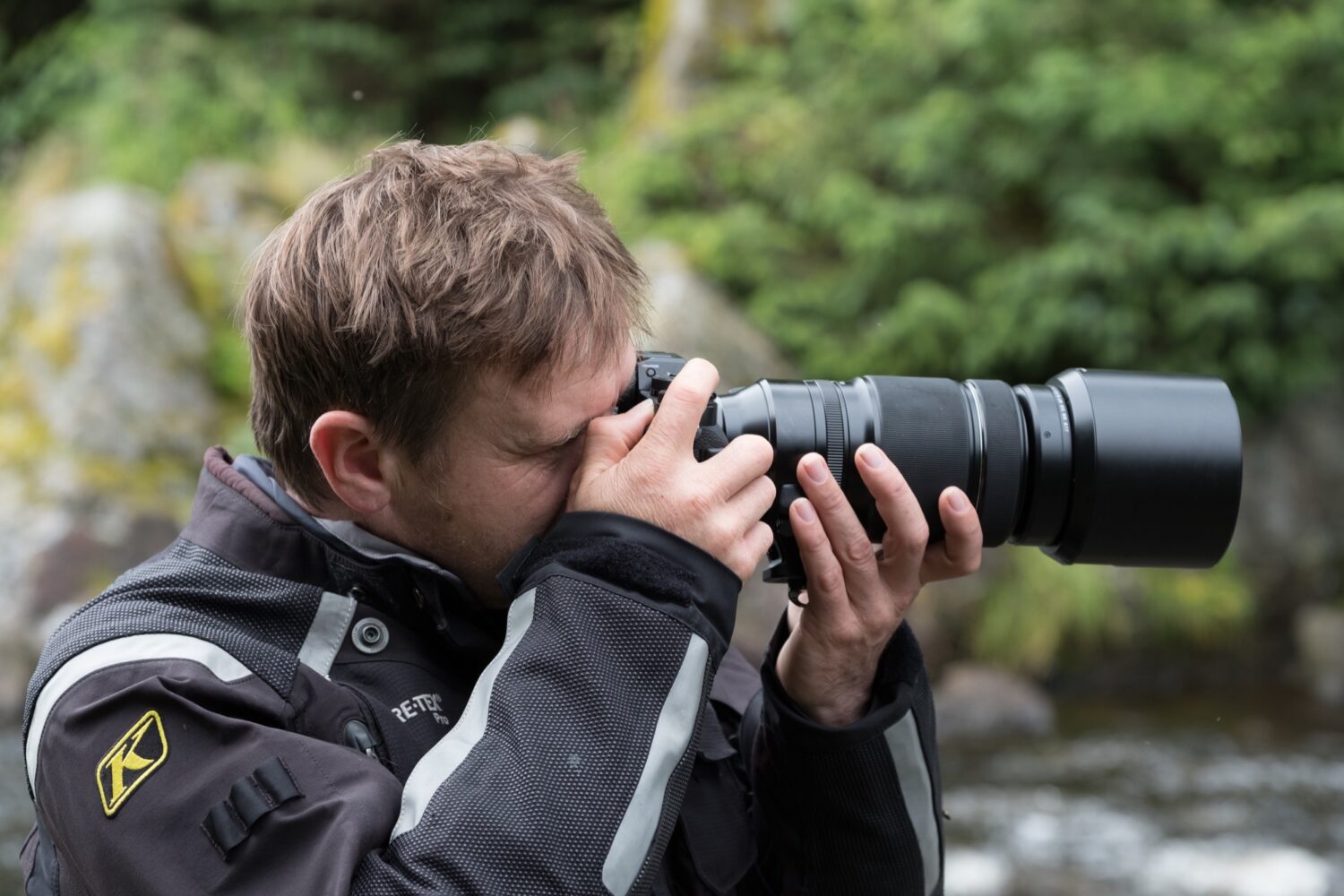
Sense of Scale
When you omit a point of comparison, it’s nigh impossible to replicate a feeling of scale. A person posing anonymously without showing their face, for instance, will give the viewer the ability to process that information with something recognisable. Ensure their positioning is strong enough to draw attention but still maintain a sense of where he/she is.
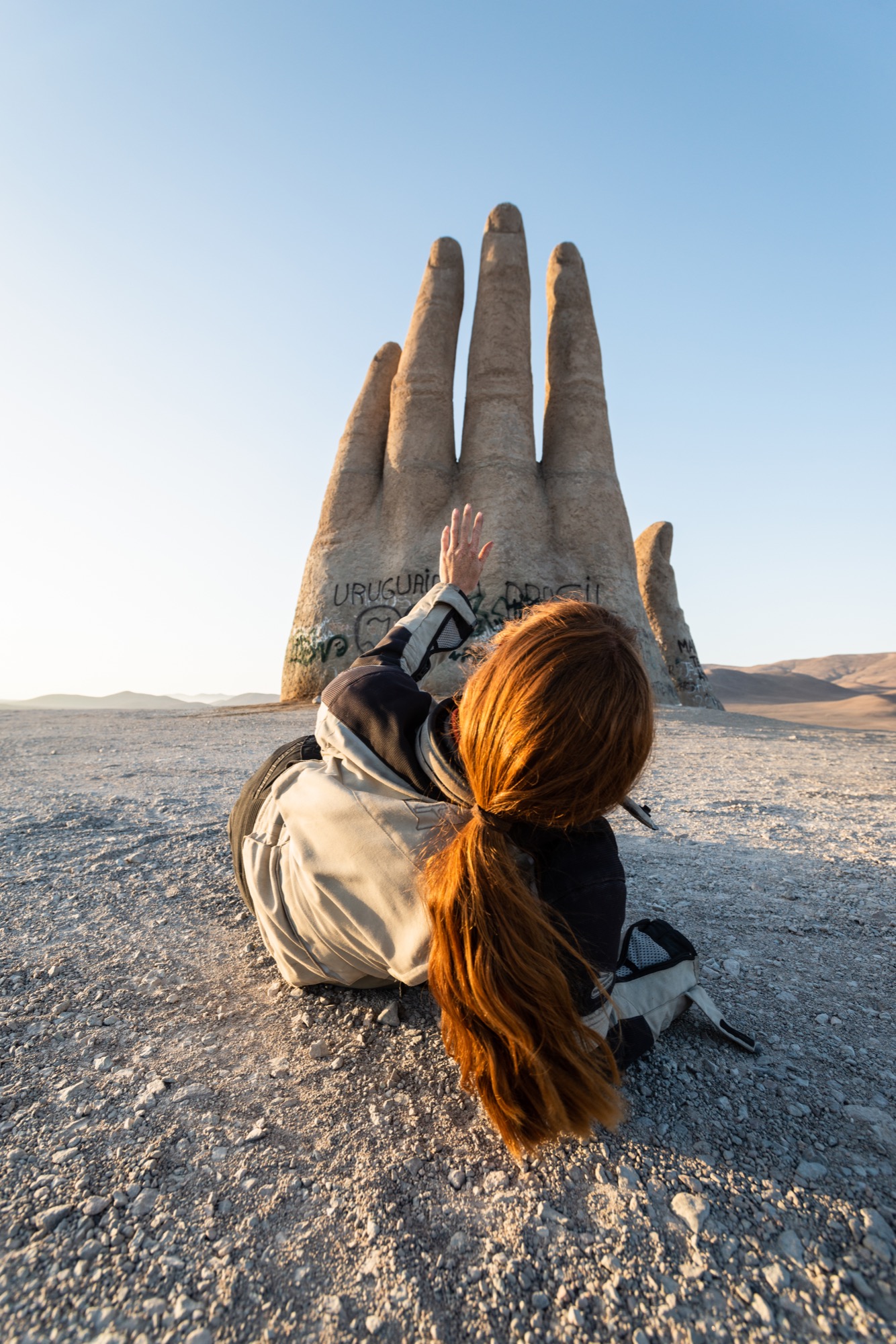
Storytelling
Ultimately, your image should tell a story or reveal an experience, a situation, or event unfolding. During your research, look at what works well on stock photo websites; it will help inspire you to shoot something and then project it in a meaningful way based on compositions and patterns that the viewer will find appealing.
Patience
Sometimes, you may have the perfect light but no point of interest or vice versa. Having the patience to plan and capture that winning image will mean you’re likely to assess your surroundings, frame the shot, and experiment with different settings. Lay on the ground or elevate yourself by climbing something. Along with shooting from different angles, shoot from varying distances. Go for a wide shot, a mid-range version, or get close up. Include an attractive foreground, mid-ground, and backdrop. Capturing the three-dimensional will draw the viewer into the image. This all takes time, but it will mean you’re more likely to walk away with five magical exposures instead of 50 unremarkable ones. The more patience you possess, the better your travel photography.
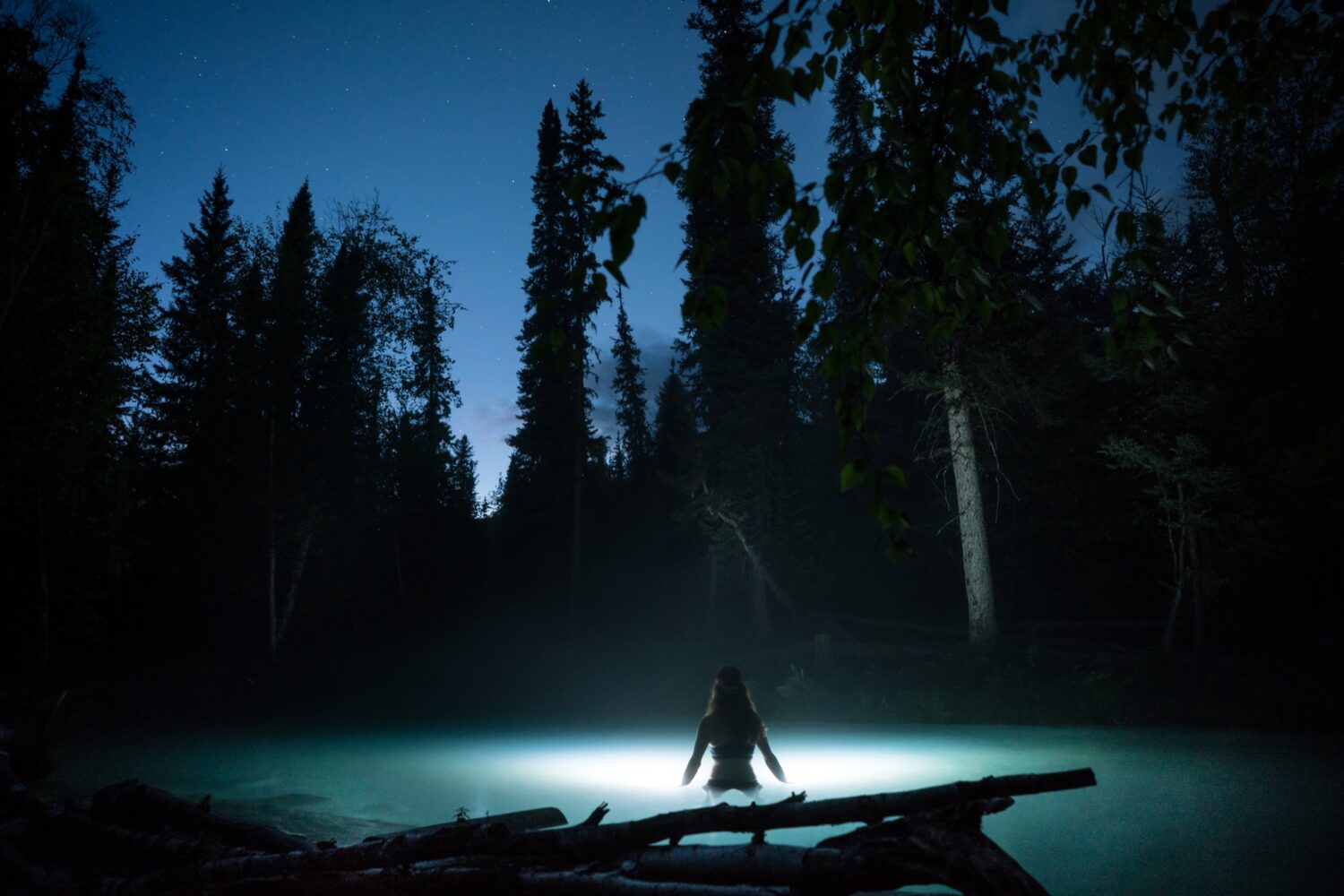
Play Nice
We’ve all encountered travel photographers that take themselves a little too seriously, refusing to share an iconic photographic spot, disregarding prohibited areas, shouting at anyone who gets in their shot. We’re all sharing these spaces, so be respectful to other photographers, and leave your ego at home.
Safety First
Using big city common sense and some caution in foreign lands is often enough. Although it can’t harm to:
- Register your new gear with the manufacturer. Jot down the serial numbers and retain receipts to expedite any insurance claims. Include your name and the camera serial number on image EXIF data, so if your camera is stolen, it can be found online using stolencamerafinder.com.
- Read up on any potential dangers concerning scams, wildlife, weather, and tides.
- Keep your valuables on you, not in the boot of a taxi or unattended. Where possible, use a room safe or hostel locker.
- Be aware of your surroundings: avoid getting too close to a mountain’s edge. Don’t be a pick-pocket’s dream—watch for distractions, such as an approaching motorcyclist who may snatch your bag.
- Have a plan B: switch your location if something doesn’t feel right, even if it’s to get out of bad weather.
- Never put yourself at risk. In the unlikely event you’re mugged, relinquish your valuables and get away.
- Clean your equipment and backup your efforts on several hard drives and online every single day!
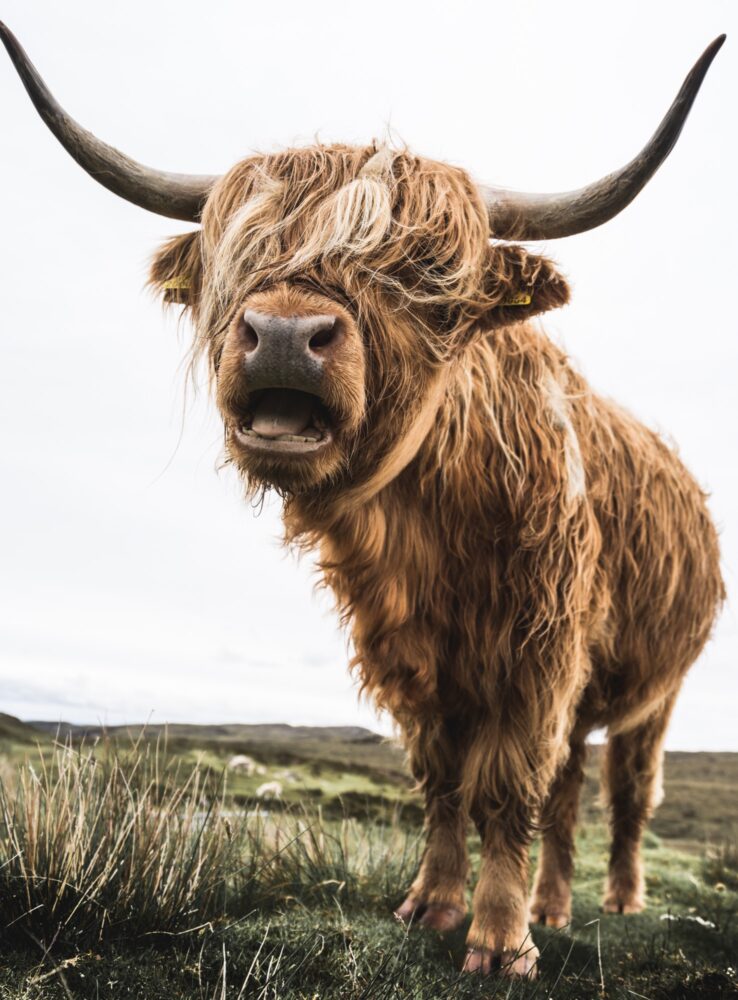
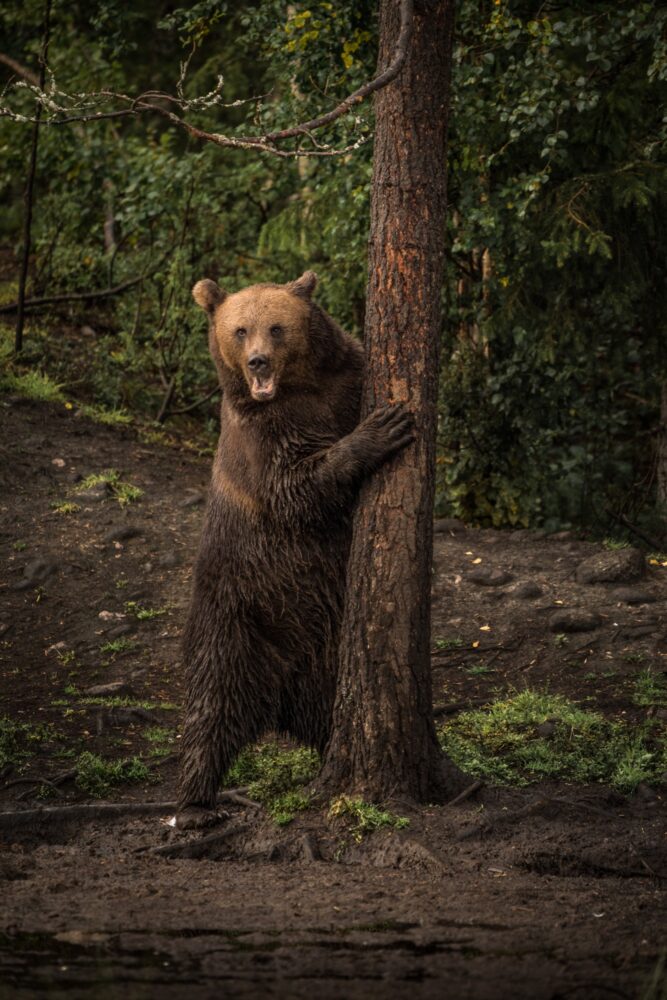
Landscapes
Landscapes come in all varieties from canyons, coasts, deserts, glaciers, jungle, lakes, moors, mountains, plains, rivers, taiga, tundra, wetlands, and woodlands. Each bears its own photo-credible qualities, and the individual locations of each differ hugely from one another. In whichever landscape you find yourself shooting, consider the characteristics—not just the visual elements. Pay attention to how the place makes you feel and what kind of emotions it evokes. Then employ the appropriate creative techniques to convey those feelings and qualities in your exposure. Match the weather and conditions to your surroundings.
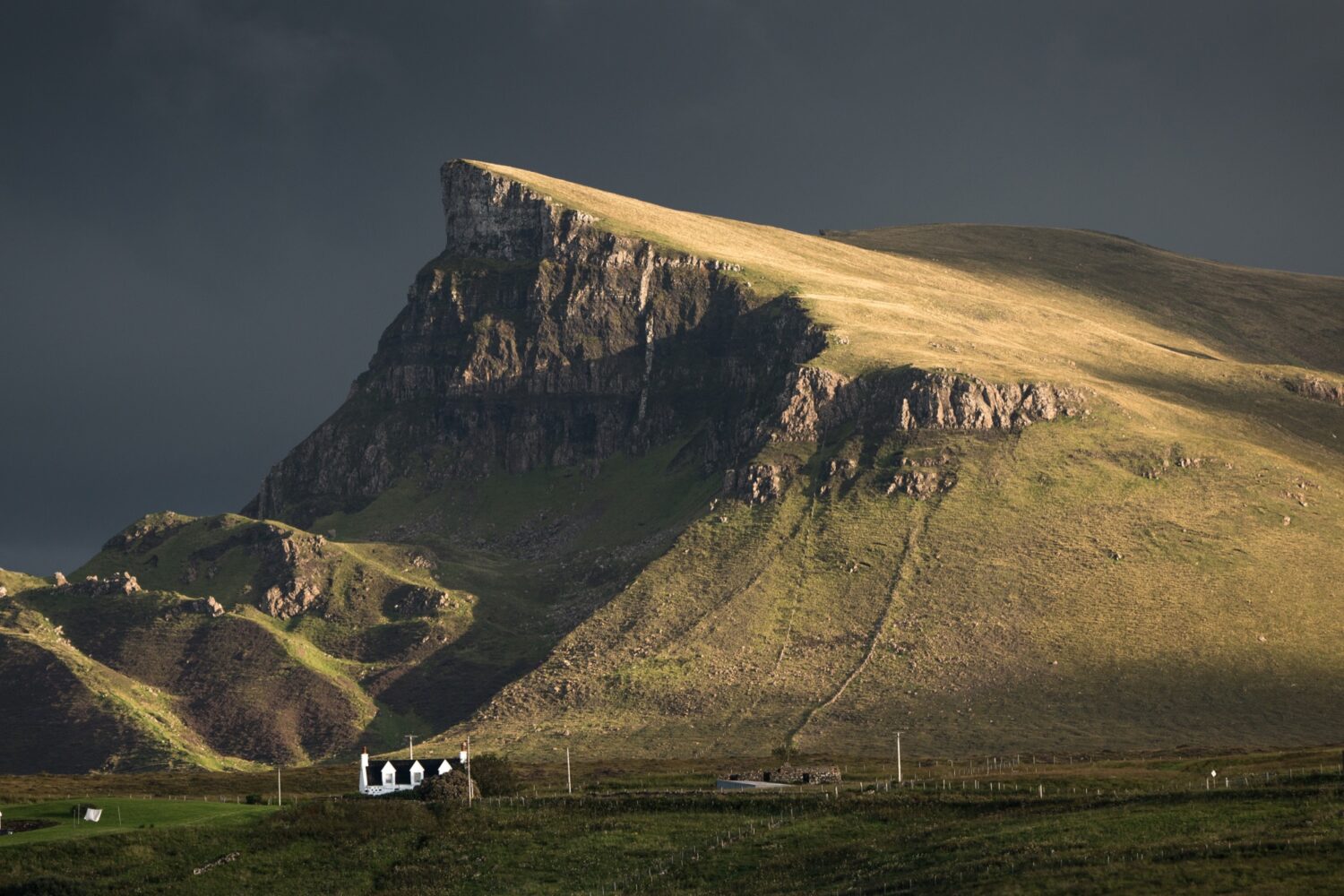
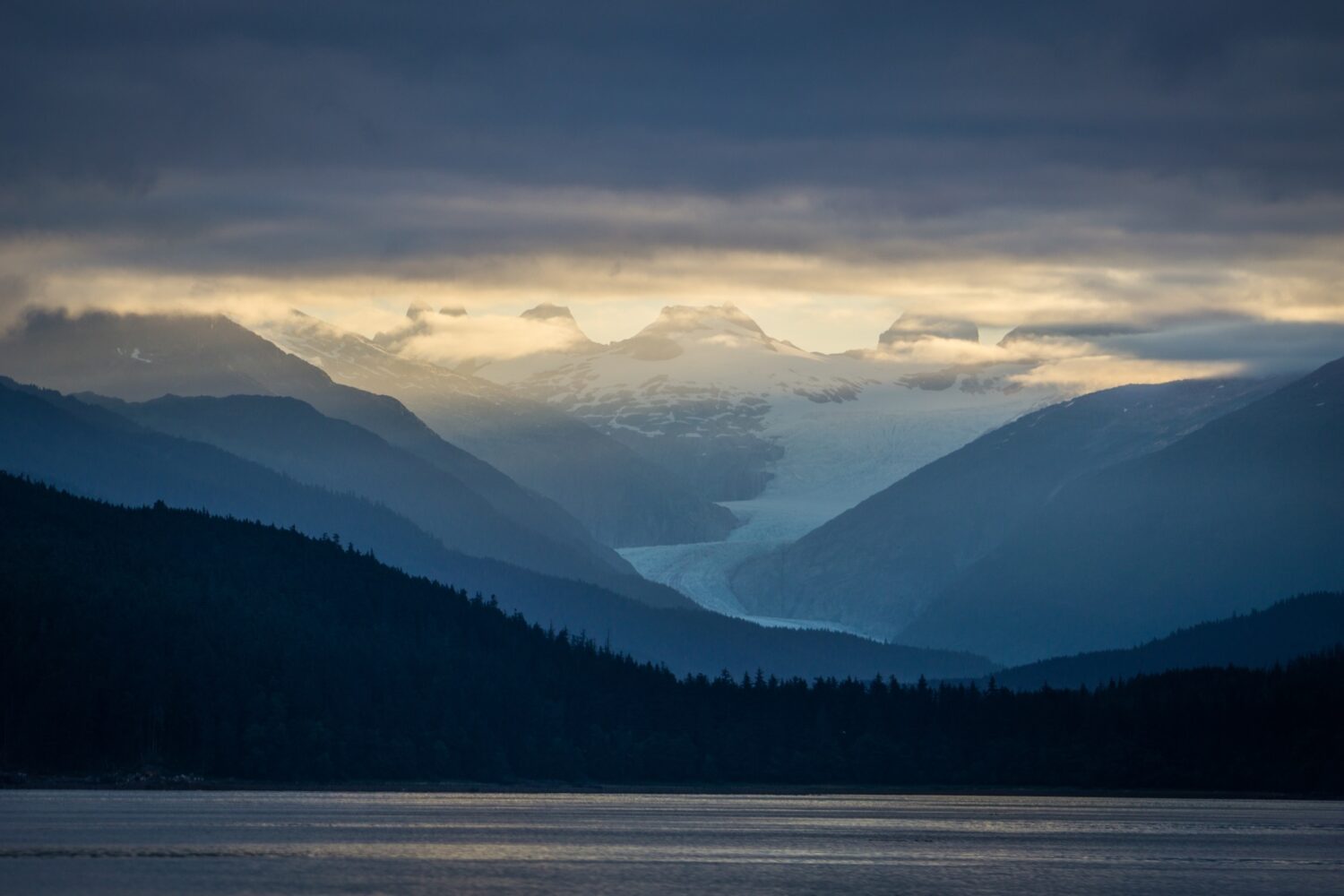
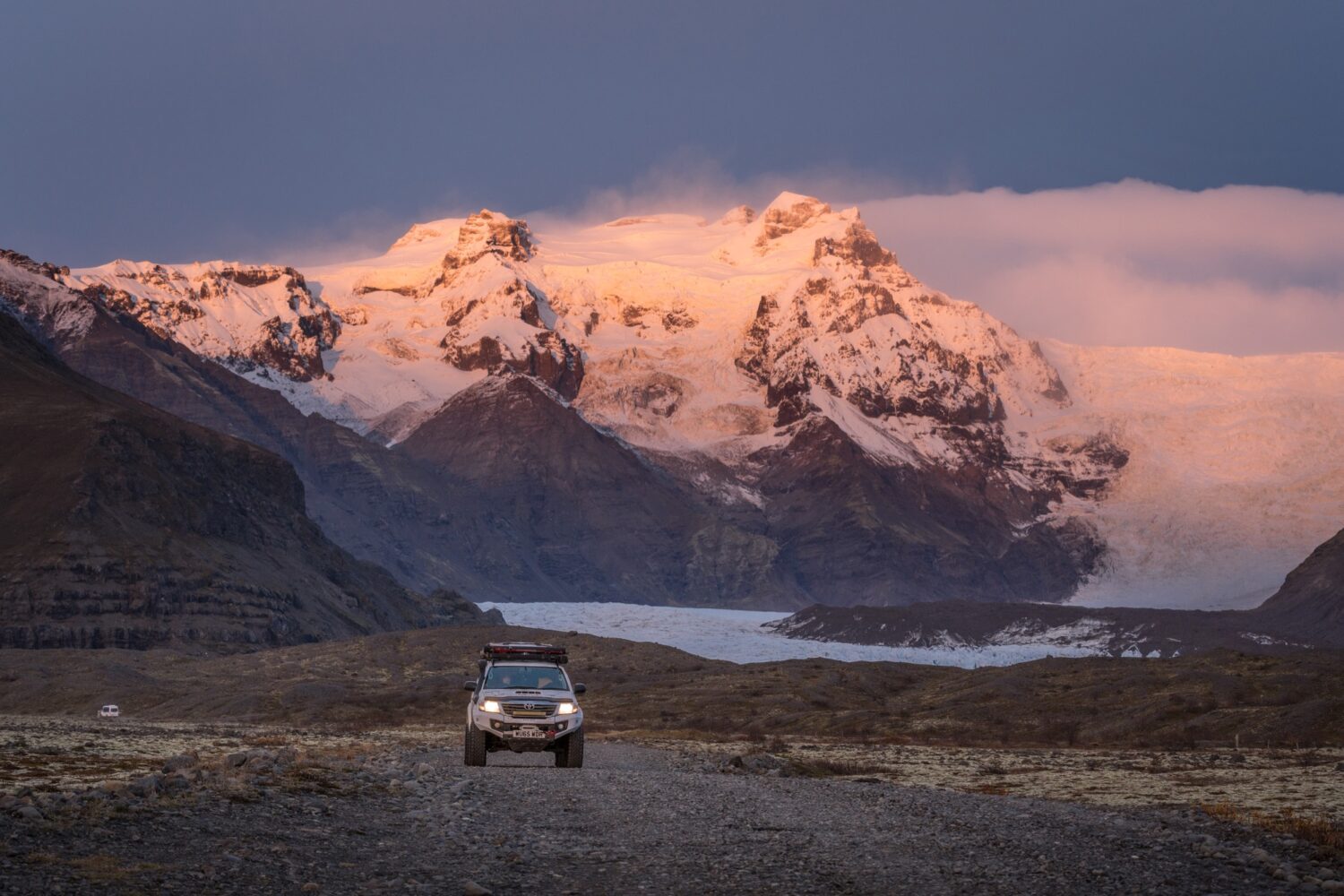
Urban Areas
Like any built-up location, each village, town, and city has a certain architecture, setting, and skyline. Perhaps an iconic site or landmark, a traditional way of living, or dress. Hone in on something that makes it distinctive and project its sense of place or the residents’ way of life. Check out the local tourist centre; their postcards will indicate the best views and worthy photo stops, formulating a possible “shot list.”
Buildings
When pointing the camera at structures and dwellings, monuments or statues, think about how to best represent them in your photography. Capturing the subject on a stormy afternoon with clouds racing overhead rather than under bluebird skies may tell a more apt story. A set of Scottish standing stones, for instance, will look more atmospheric in a misty sunset, as opposed to the harsh and flat midday sun. Mindfully select your subject, then think of the perspective, unusual angles, weather, light, and so forth that best encapsulates it.
![]()
Leading Lines
Steer the viewer’s attention through the picture; it’s a wonderful outcome if you do. Framing your image using leading lines aids you in incorporating the landscape and its features to propel the viewer deeper into your image, leading them to the primary subject(s). Try using alleyways, hiking trails, mountain ridgelines, rivers, or roads.

Time to Wander
After banking your version of a destination’s postcards or Instagram’s money shots from the crowd-pulling sites, then what? It’s time to go on a walkabout if you’re after the images no one else has. Pinpoint on your phone’s map app how to get back, get a local taxi number for backup, and head out into the wilderness. Check you’re not going somewhere dangerous, but wend down trails, scale a mountain, and around the next corner. You will capture the true nature of a place and its people when you flock from the pack and go exploring.



Next Steps
Process your images (Adobe Creative Cloud that comprises Photoshop and Lightroom is the industry standard of editing programs, and The Nik Collection is a set of photography plugins for adding the final touches), and showcase your results on social media. You will likely become inspired by other photographers’ techniques as well as new places to discover. Social media is also a platform for you to collaborate with others and seek constructive criticism. You might forge some great friendships from who knows where. Or land some exciting opportunities to work with cool brands. The positivity from critiques can be a great motivator to keep pushing yourself.
It’s also worth considering building a website as an extension of your CV. It should reveal your strongest work (remember to embed lots of keywords and metadata for search engine optimisation), any published work, specialities, competitions/awards you have won, and your contact details. Keep it simple to navigate and intuitive to use. Continue your online/classroom learning of new techniques and other photographic genres. Foremost, keep getting out there; the act of shooting will significantly improve your photography.
Good Travel Photography
A picture for publication needs to be more than pretty; make it original, high-quality, and compelling. For magazines, leave some images with negative space for text overlay; situate your subject off-centre, so it doesn’t lie over the page join. Editorial photos, meanwhile, should tell a story. A bewitching capture is meaningless if it bears no relation to the text, so fit the imagery to the brief. You can’t go wrong if the image leaves the reader thinking: “I have to go there.”
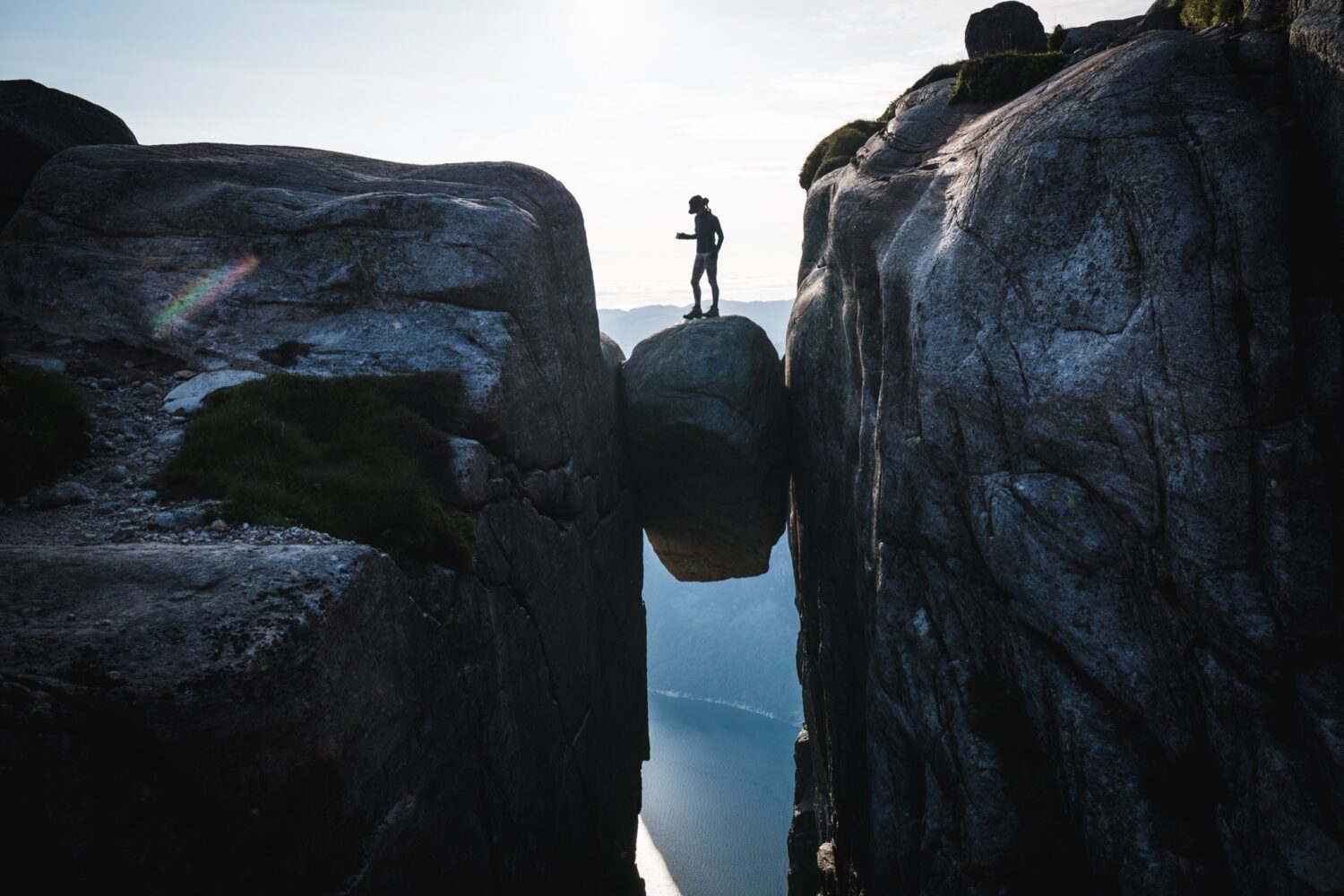
Conclusion
Like everything, becoming a great travel photographer is a craft that takes dedication and practice. You have to keep developing your creative and technical skills. You’ll also need to get comfortable interacting with strangers and likely get by on little sleep—it’s hard work on a photography trip! But above all, be self-assured in your abilities and willing to persevere. Fortunately, the best thing about travel photography is that you’ll always have the chance to capture some mesmerising moments.
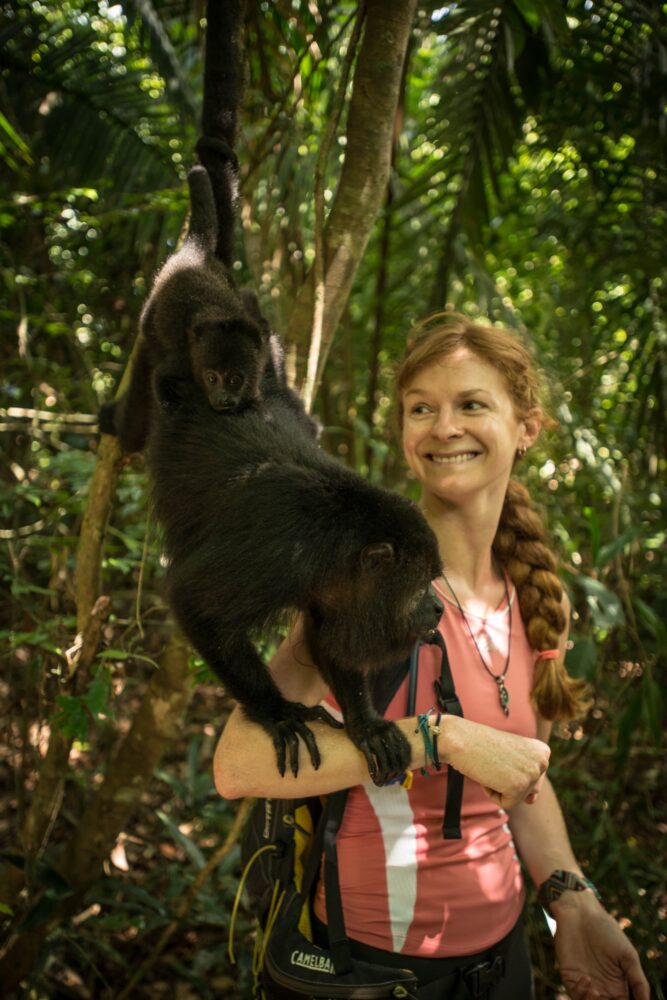
That said, if you wish to stand out from the crowd, you need to push your creativity beyond the usual. This could be anything from capturing a dramatic photo with stunning light to finding those unusual angles. This doesn’t mean you should not take tourist-type shots, only that you should be experimenting with how to shoot something more individual. Whatever you desire out of travel photography, I’d suggest keeping on at it and believing in yourself. Consider submitting your work in competitions, promoting yourself on social media, and try to get your work out there. Maybe the next time you’re out, you’ll stumble upon an impromptu street performance, a rare creature, or a blazing pink sunset. So keep your camera at hand and ready for action at all times!



